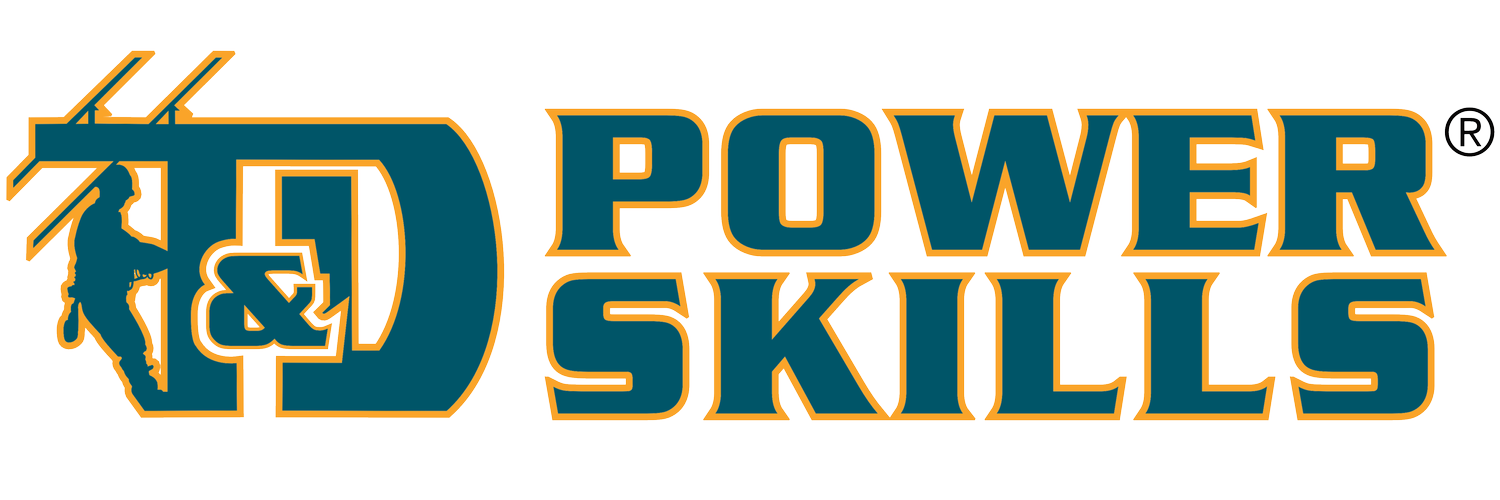
Advanced Rigging
This training program is designed to familiarize students with the various types of weights and tensions associated with rigging in line work. The safety factor for a job that includes rigging is also covered. The procedures and concepts presented assume a familiarity with basic electrical theory and transmission and distribution systems.
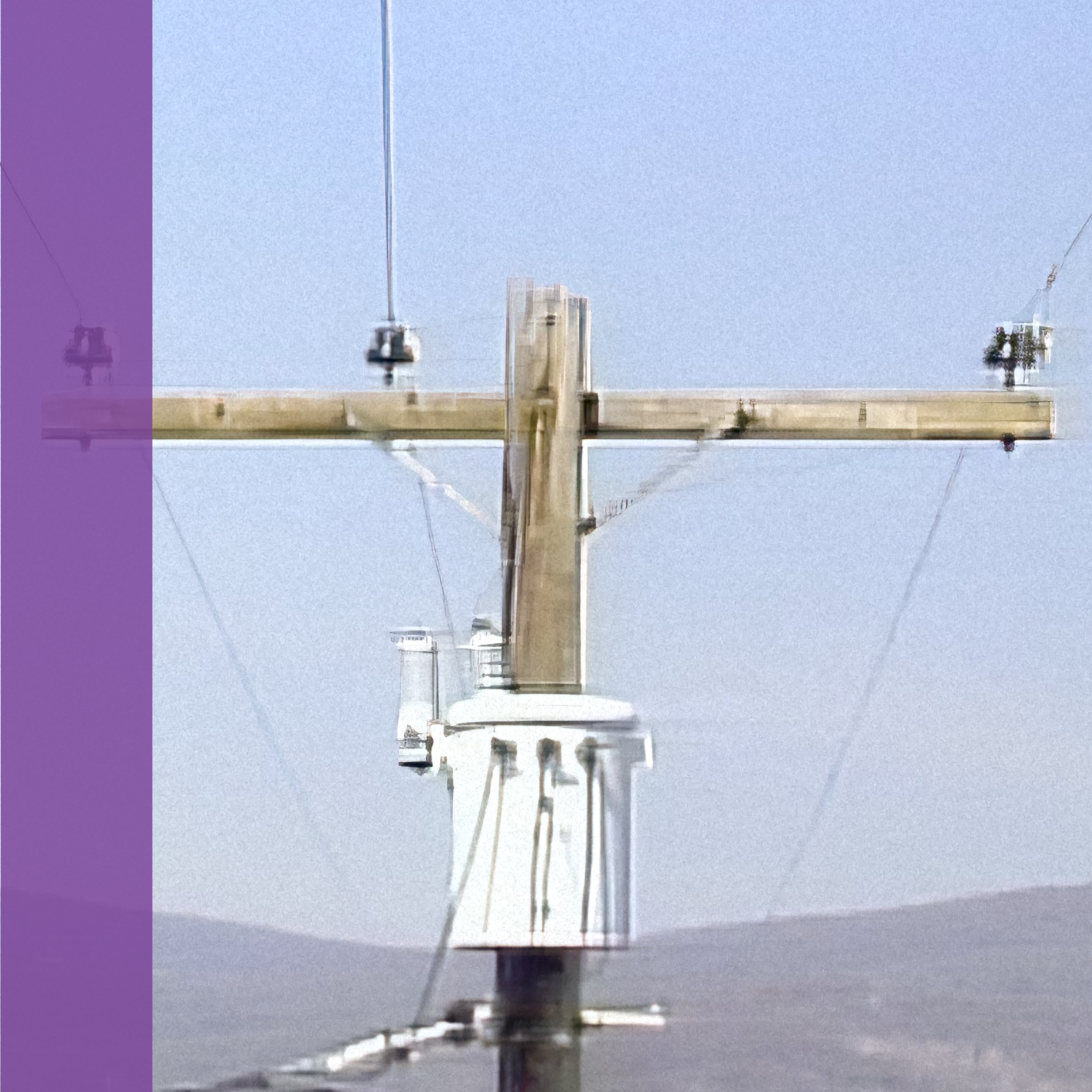
Overhead Distribution Systems
This training program is designed to familiarize students with the various types of weights and tensions associated with rigging in line work. The safety factor for a job that includes rigging is also covered. The procedures and concepts presented assume a familiarity with basic electrical theory and transmission and distribution systems.

Service Installation
This course describes basic procedures for installing and connecting services. The course describes common types of service connectors, and demonstrates the basic steps involved in making a service connection. The course also demonstrates procedures for installing both overhead and underground residential services. This course describes three types of voltage tests that should be performed before making service connections. The course also describes procedures involved in installing a three-phase service and replacing a three-phase service without interrupting service to the customer. Typical safety practices and job preparations are also covered.

Pole Framing and Guying
The main function of a utility pole is to support conductors. Because conductors are heavy, they can pull on a pole with a great deal of force. The equipment on a pole that supports the conductors must be constructed to withstand this force. This course describes methods used to frame a pole, that is, how to install crossarms and other conductor supports. This course also describes methods of supporting a pole using several different types of guying techniques.

Setting and Replacing Poles
This program presents some of the equipment and methods that can be used to set utility poles. The program describes three methods for digging holes, and outlines both power-operated and manual methods for installing poles. The program also includes guidelines for installing poles in open areas and safety considerations for installing poles around obstacles and energized lines. Additionally, this course describes basic methods for removing and replacing poles.
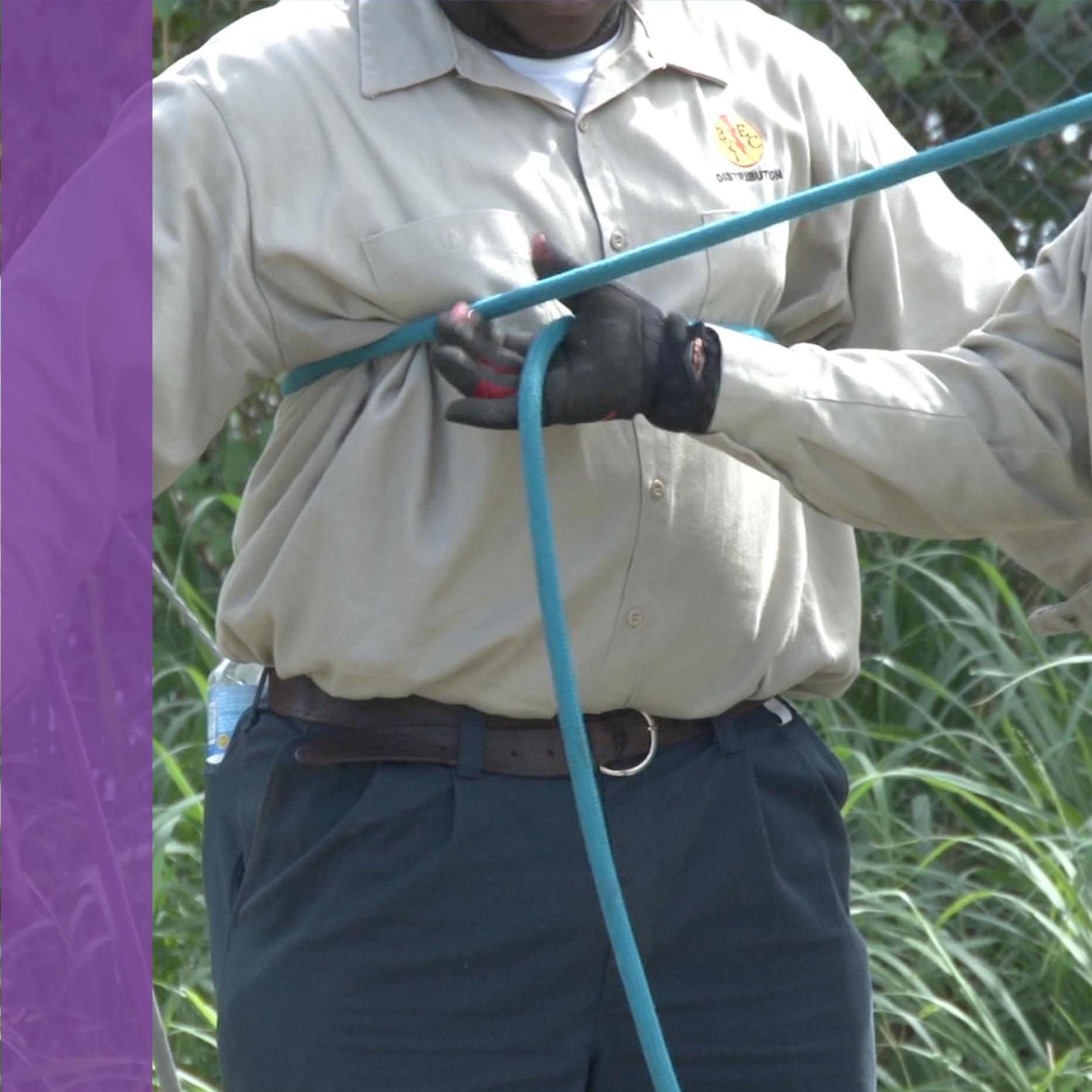
Safety in Overhead Line Maintenance
This course examines hazards that may be present during overhead line maintenance operations. The course also introduces protective equipment designed to create a barrier between lineworkers and high voltage lines and equipment, and reviews safety practices that will help ensure a safe work environment.

Multimeter Operation
In this course trainees learn the difference between analog and digital multimeters, and how to read and use both types of multimeters. Trainees can then use their knowledge of multimeters in a variety of applications.
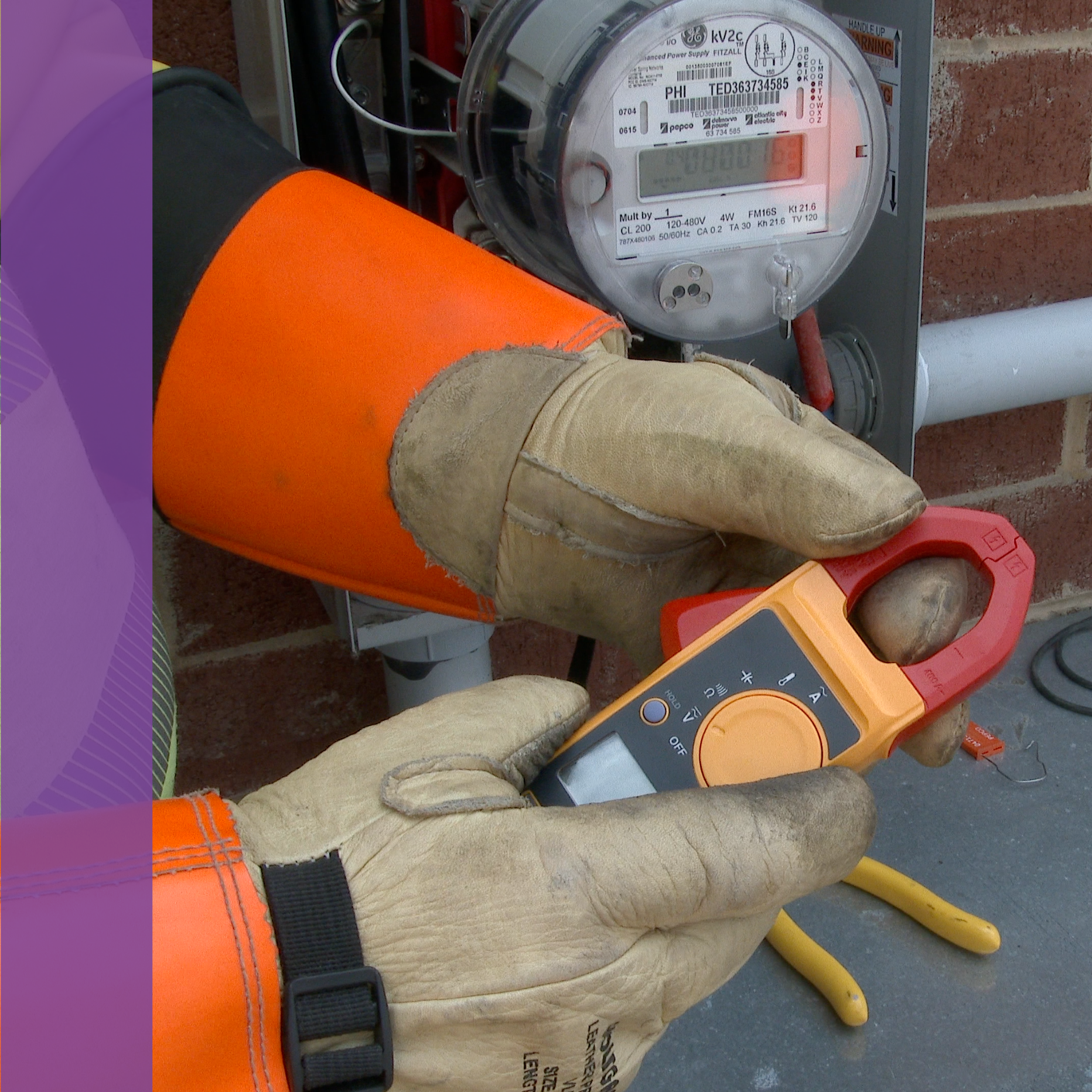
Using Line Test Equipment
Line test equipment includes a variety of devices used to detect and measure electrical values in transmission and distribution systems. This program presents basic information on how to use common types of line test equipment to detect amperage and voltage in the field. The program shows how to use the equipment and discusses the kinds of readings that can be expected from line test equipment.

Tree Trimming
Trees are common throughout the service areas covered by many utilities. When trees grow into, over, or near energized equipment, they may cause interruptions in electrical service, particularly during storms or strong winds. During an emergency, a tree crew may not be available, and it may not be possible to postpone a job. Lineworkers often handle small tree trimming jobs or work as part of a crew to clear large trees from power lines. This program describes basic methods of tree trimming as well as some of the hazards associated with tree trimming work and precautions that should be taken.

Safe Bucket Truck Operation
This course covers several aspects of bucket truck safety, including how to inspect a bucket truck prior to use, how to plan a job with safety in mind, and how to avoid shock hazards associated with working on or near bucket trucks.

Working on Distribution Poles
This program reviews some of the factors involved in planning a distribution job, including safety guidelines and site-specific considerations. The program also describes some of the conductors commonly used in secondary construction. In addition, the program reviews the basic procedures for paralleling a service with and without the use of a jumper.

Distribution Line Safety
This course introduces students to the principles and techniques of single-point, or equipotential grounding. For best results, students should have a basic knowledge of electrical theory, overhead distribution systems and equipment, grounding theory, equipment, and application and common work methods and procedures used in overhead distribution line maintenance.
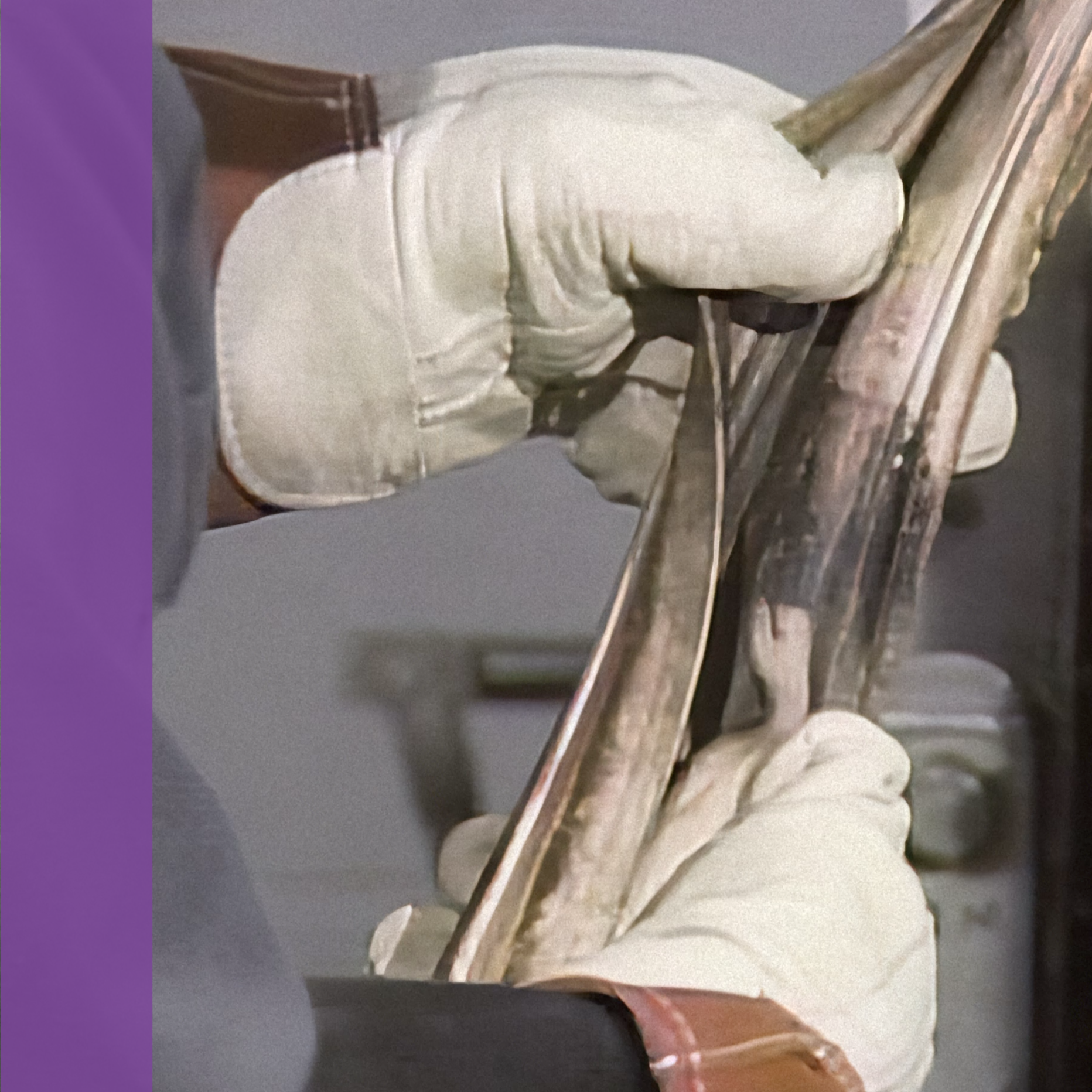
Care and Testing of Tools and Equipment
This program reviews the fundamentals of caring for, storing, and inspecting some of the tools and equipment used in transmission and distribution work. The program demonstrates how to perform visual inspections, field inspections, and dielectric tests on rubber protective gear, line hose, hoods, mechanical jumpers, and hot sticks.

Pole Top Equipment - Reclosers and Switching Devices
During normal usage, pole top equipment is subjected to conditions such as heat, rain, lightning, and mechanical problems that can lead to equipment damage or failure. This course identifies some equipment used to prevent equipment damage or failure, and to provide coordinated protection for a distribution system. The course also explains how this equipment operates. This course explains how to repair and replace energized pole top equipment with a minimum of interruption to customers. It describes how to bypass and replace a recloser. It also shows how to inspect and repair one type of gang-operated switch, and how to bypass and replace a different type.

Pole Top Equipment - Transformers
This course provides an understanding of the basic procedures used to safely remove and install pole top transformers. Although specific types of transformers are used as examples, emphasis is placed on general procedures that apply to the majority of pole top transformers.

Pole Top Equipment - Voltage Regulators
Voltage tends to decrease along a distribution feeder. It can also fluctuate above and below acceptable levels due to changing load conditions on the system. This course covers the basic theory and operating characteristics of voltage regulators, explains how to detect problems in their operation, and demonstrates how to safety replace them.

Pole Top Equipment - Capacitors
Pole top capacitors are connected to circuits to accept and store charges. They are used to help overhead distribution feeder systems operate more efficiently and reliably. This course covers the basic theory and operating characteristics of overhead capacitors, explains how to detect problems in their operations, and demonstrates how to safely replace them when necessary.

Transformer Connections 1
The purpose of this unit is to teach the common types of transformers and how to reference nameplate information. Basic concepts of transformers and primary systems are covered as well as single-phase connections. Single-phase distribution transformers can be interconnected to provide three-phase power in a number of different ways, providing a utility with the flexibility of meeting a variety of customer needs. This program demonstrates and explains how three-phase delta connections and three-phase wye connections are made.

Transformer Connections 2
The purpose of this unit is to teach delta-wye and wye-delta transformer connections and how the angular displacement changes. Single-phase distribution transformers interconnected to provide various three-phase power in a number of different ways, providing a utility with the flexibility of meeting a variety of customer needs. This program demonstrates and explains how three-phase delta-wye, wye-delta, and open bank connections are made. This unit also allows the student to practice making three-phase connections.

Power Quality
Power quality has become an important concern within the utility industry. An understanding of power quality is especially important to workers, such as field operations personnel and special services technicians, who come into contact with the public
